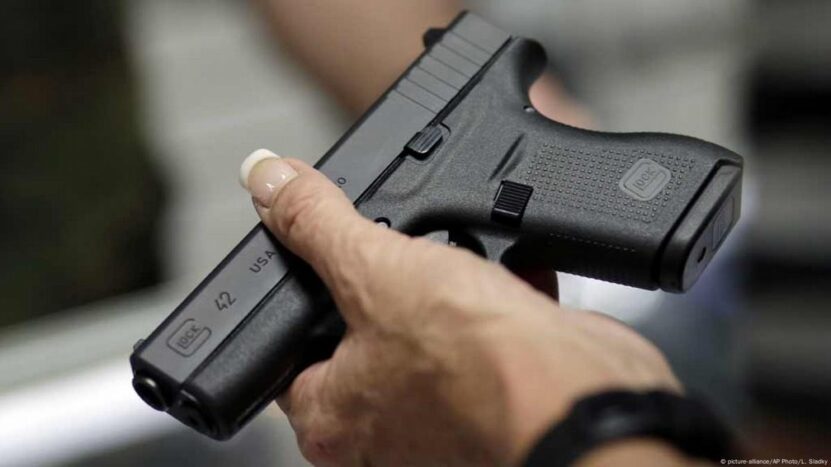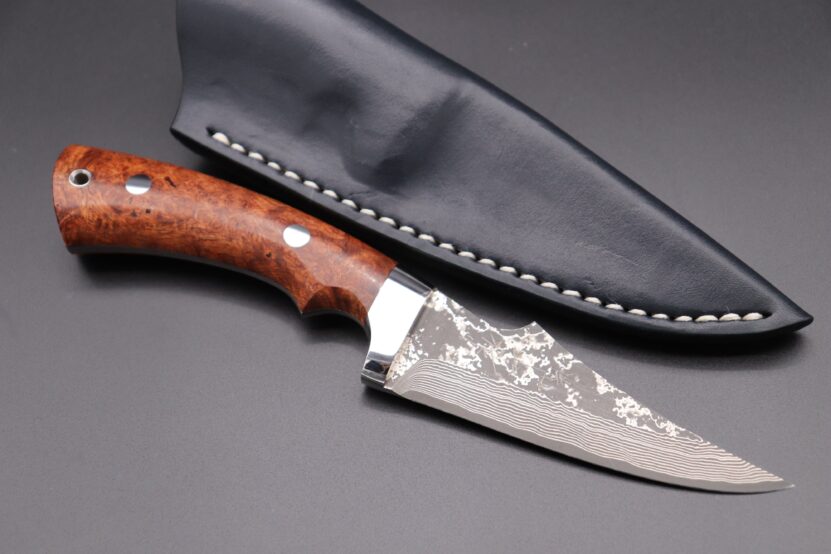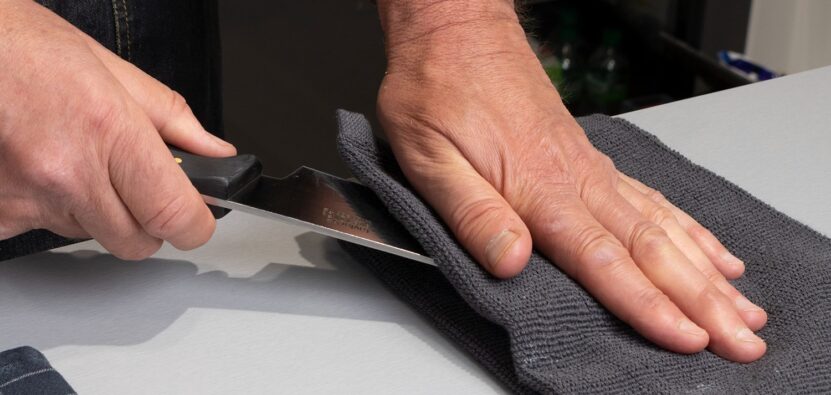Two special tools are custom knives and firearms. They are used for safety, survival, hunting and defense. Each tool has a job. More blunt, in converse, helps with slicing/cooking or getting near to unpredictable jobs.
A gun provides protection from a safe distance. They support better in outdoor and survival situations when they are used together. That’s why many hunters, campers, and soldiers use both. They often carry both tools using a reliable gun belt that ensures quick access, comfort, and secure handling in the field.
Before buying, learn more. Do some online search for trusted brands and reviews. View videos that demonstrate how each of the tools operates in real time. Consider where you will use it — woods, range or camping trips. Talk to other people about what tools they trust. Find out what knife blades and gun types offer benefits, and what don’t. This will help you make good choices.
Read the entire article to learn more about firearms, complementary tools and custom knives.. It is going to be helpful for you. Still unsure? Get in touch with a custom knife or gunsmith.
Explain what you require and how you intend to use the tools. (Ask about the shapes of blades and handles, and styles of guns.) There are good makers who give honest advice. They might show you examples or previous work. This ensures that you acquire the proper apparatus that suits you and your needs.
Guns Have Limits

Guns are lovely tools, but they can’t replace. Without a gun, you can’t chop wood, open food packages, or ignite a fire. It can’t clean a fish, make shelter or remove a splinter. That’s where a knife comes in.
A good knife does all the little, close-up work that a gun can’t do. Both tools serve different purposes for survival, camping, or emergencies. A gun looms with distance for protection. A knife makes you hands-on for jobs. As such, they form a strong and complete kit.
Guns are powerful, but they can’t do everything. You can’t use a gun to:
- Cut branches for shelter
- Open food packages
- Remove splinters
- Cut the fishing line
- Make kindling for the fire
This is where your knife is so important. It performs every task your gun cannot perform.
Choosing Knife Size

Large knives are not always superior. Think about:
- Where will you carry it
- What jobs will you use it for
- Your local laws
Most folks will want a blade of between 3-4 inches. It’s large enough for heavier tasks yet small enough to haul around.
Knife Safety Tips
Always remember:
- Sharpen the steel (a dull knife slips more)
- Cut away from your body
- Do not attempt to catch a falling knife
- Store knives safely when not in use
- You can also teach kids good knife safety
Training Matters
That is not the solution, regardless of how good the tools are. You need to practice:
- Illustration showing opening your knife fast with either hand
- Basic cutting techniques
- Knife maintenance
- Alternating between a knife and a gun
Start slow and be safe. Over time, these will become instinctive.
Everyday Uses for Your Knife

Your blade is not strictly for emergencies. Custom knives for EDC are used for:
- Opening packages
- Cutting rope or string
- Food preparation on camping trips
- Removing splinters
- Light prying jobs
- Cutting fishing line
A good knife makes everyday life easier.
Knife Care is Simple

A few steps are all it takes to care for your knives. After using the knife, clean the blade with a cloth. Keep it dry to stop rust. If it collapses, lubricate the hinge so it operates smoothly. Sharpen the blade regularly to maintain good performance.
Make sure the handle and screws are all secure. Keep your knife in a place that is safe and dry. Your knife will last years with these few simple habits, and will be ready for any job.
If you take care of your knife, it will last you a long time::
- Clean the blade off after using
- If it is a folding knife, oil the hinge
- Store it dry to prevent rust
- Sharpen it regularly
- Check for loose parts
Final Thoughts
When a custom knife and a firearm team up, serious business can ensue. Each has different jobs they do. A knife can be used to cut, cook, build, and repair.. A gun keeps you safe from some threat in the distance.
They all work together to keep you prepared in the wilderness and emergencies! Nothing more than a hammer, a gun won’t split wood, open food, or start a fire. But a knife can. That’s why you need both.
Research can be your most powerful tool before you purchase. Find out about blade sizes, steel types, safe guns. Watch the videos, read the reviews, and talk to people using these tools.
Still confused? Seek the assistance of a knife or firearm maker They can help guide you and show you what works for your needs. Also, get know the tools that you use. Train on how to transition from gun to knife. Find out how to maintain a clean and sharp blade.
Follow safety rules for both. Carry them the right way. Use them only when needed. You don’t just need a knife when you are in danger. Split boxes, cut strings, make food. Your tools will serve you well for many years, if you take care of them and use them properly to stay safe. So bring the right tools, use them well, and trust the process. They’re more than tools — they’re your back-up in the field and at home.
